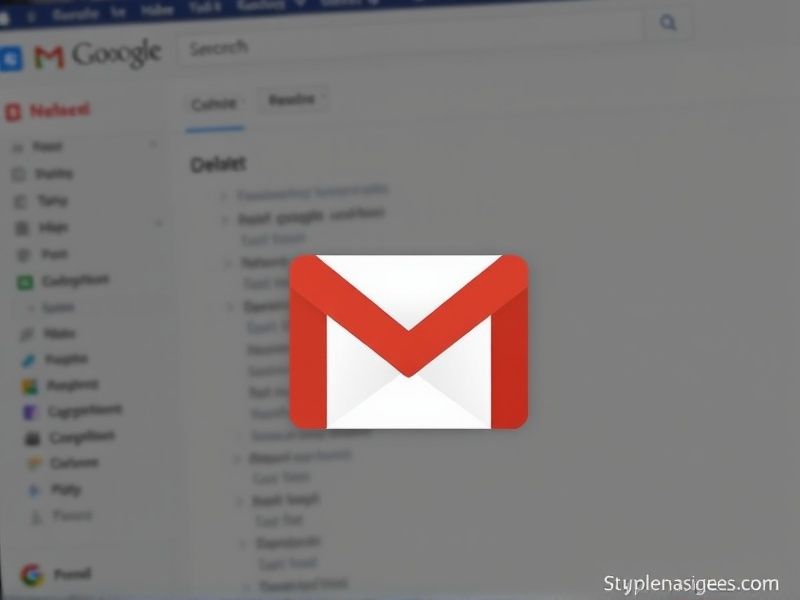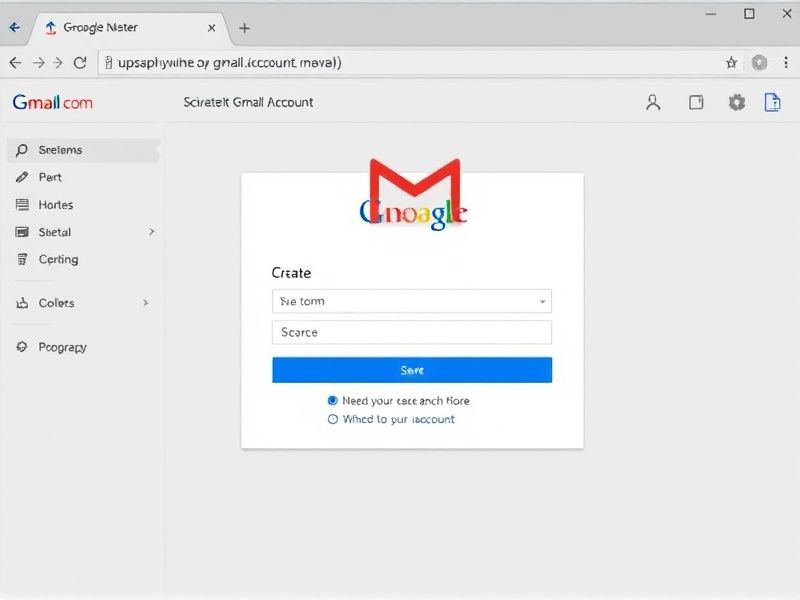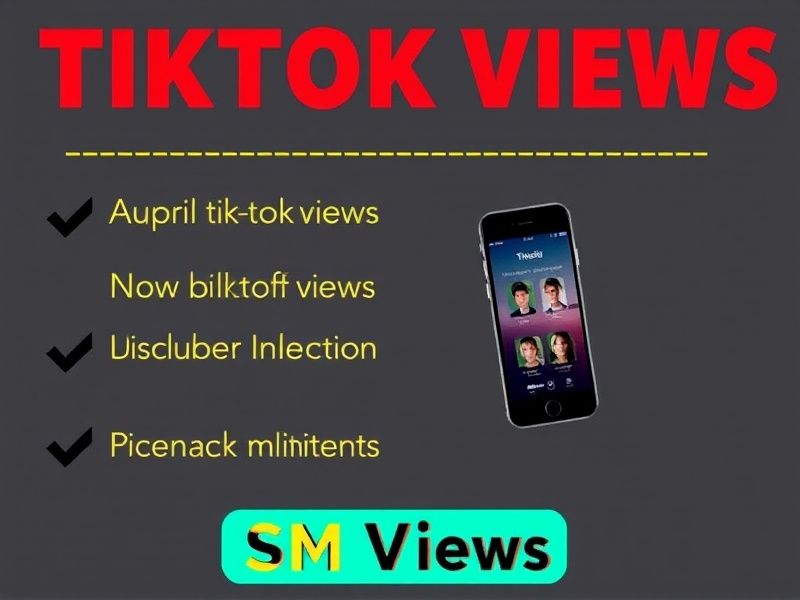How to Delete in Gmail Account: A Complete Guide for Email Management
Getting Started: Why Deleting Matters More Than You Think
Let’s face it – we’ve all got that one friend (or maybe it’s you) with 10,000+ unread emails. But here’s the kicker: leaving digital clutter in your Gmail account isn’t just messy, it can actually slow down your search results and even eat into your storage space. Whether you’re trying to delete a single embarrassing message from 2012 or wipe your entire account clean, I’ll walk you through every option – and share some pro tips I’ve learned from helping dozens of users reclaim their inboxes.
The Single vs. Bulk Delete Dilemma
Picture this: You’ve got a parking ticket notification from three years ago sitting in your inbox. Tap that tiny checkbox on the right (desktop) or press-hold the message (mobile), and boom – hit the trash can icon. Easy, right? But what if you need to delete 500 promotional emails from Old Navy? That’s where bulk deletion shines. On desktop, use the search bar to filter messages by sender or date, then check the master checkbox above your emails. Mobile users can swipe left with two fingers to select multiple messages. Pro tip: Combine search operators like “older_than:1y” with “label:promotions” to target old marketing emails specifically.
Delete vs. Archive: The Hidden Consequences
Here’s where people get tripped up. Archiving isn’t just “deleting light” – it’s more like putting emails in cold storage. Archived messages stay searchable but disappear from your main view. Deleted items? They’re sent to Trash, where Google keeps them for about 30 days before permanent removal. I once helped a client who archived 2,000 emails thinking they were deleted – turns out they were still counting against her storage limit! Moral of the story: Use archive for “maybe later” emails and delete for “never again” content.
Oops! How to Rescue Deleted Emails
We’ve all had that panic moment after accidentally trashing something important. Here’s your lifeline: Head to the Trash folder (left sidebar on desktop, three-line menu on mobile). Find your message and move it back to Inbox – but act fast! Google automatically purges Trash after 30 days. For deleted emails older than that? You might still recover them through Google Takeout if you’re quick. Fun fact: Google’s servers sometimes keep backup data for up to 60 days, but there’s no guarantee. My rule of thumb? Check Trash weekly and empty it monthly.
Nuclear Option: Deleting Your Whole Gmail Account
Thinking about deleting your entire Gmail? Pump the brakes first. This isn’t just about losing emails – it affects your YouTube history, Google Drive files, and even Play Store purchases. If you’re sure, here’s the drill: Go to your Google Account settings, find “Data & Privacy,” then “Delete a service.” But here’s the catch: Google gives you multiple “are you sure?” prompts because once it’s done, recovery is nearly impossible. I always advise clients to download their data first using Google Takeout – better safe than sorry!
What Google Doesn’t Tell You About Data Removal
Here’s the fine print most people miss: Even after you delete emails (or your whole account), Google might keep fragments in backup systems for legal reasons. They’re pretty vague about exact timelines, but from what I’ve seen, it takes about 2-6 months for complete removal from all servers. And those “deleted” emails? They might still appear in search results for a few days due to caching. The takeaway? Don’t expect instant disappearance – plan your deletions ahead of urgent deadlines.
Real-World Scenarios: When to Use Which Tool
Let’s make this practical. Say you’re leaving a job and need to clean your work account:
– Immediate cleanup: Bulk delete non-essential emails from specific senders
– Long-term prep: Archive reference materials you might need later
– Final purge: Schedule account deletion 60 days before departure
Or if you’re helping a parent declutter:
– Teach them to archive instead of delete to avoid accidental losses
– Set up automatic filters to skip the inbox for recurring junk
– Do a monthly “Trash audit” together
My Top 3 Email Management Hacks
After helping hundreds of people clean their Gmail accounts, here’s what actually works:
1. Use “label:unread” in search to find forgotten messages
2. Create custom expiration dates using Google Scripts
3. Enable “Confidential Mode” for sensitive emails that auto-delete
Bonus tip: If you’re constantly hitting storage limits, delete emails with large attachments first – they’re the real space hogs!
Common Pitfalls to Avoid
Watch out for these sneaky issues:
– Deleting emails while offline (sync errors can cause duplicates)
– Forgetting to check “All Mail” when doing deep cleans
– Assuming deleted emails are instantly gone from shared drives
– Ignoring third-party app connections that might retain copies
Final Thoughts: Your Inbox, Your Rules
At the end of the day, managing your Gmail is about finding what works for your lifestyle. Maybe you’re a “delete immediately” person, or perhaps you prefer archiving everything. Whatever your style, remember that Google gives you enough rope to hang yourself – so use these tools wisely. Got a weird deletion scenario I didn’t cover? Drop a comment below and I’ll help troubleshoot!





Reviews
There are no reviews yet.